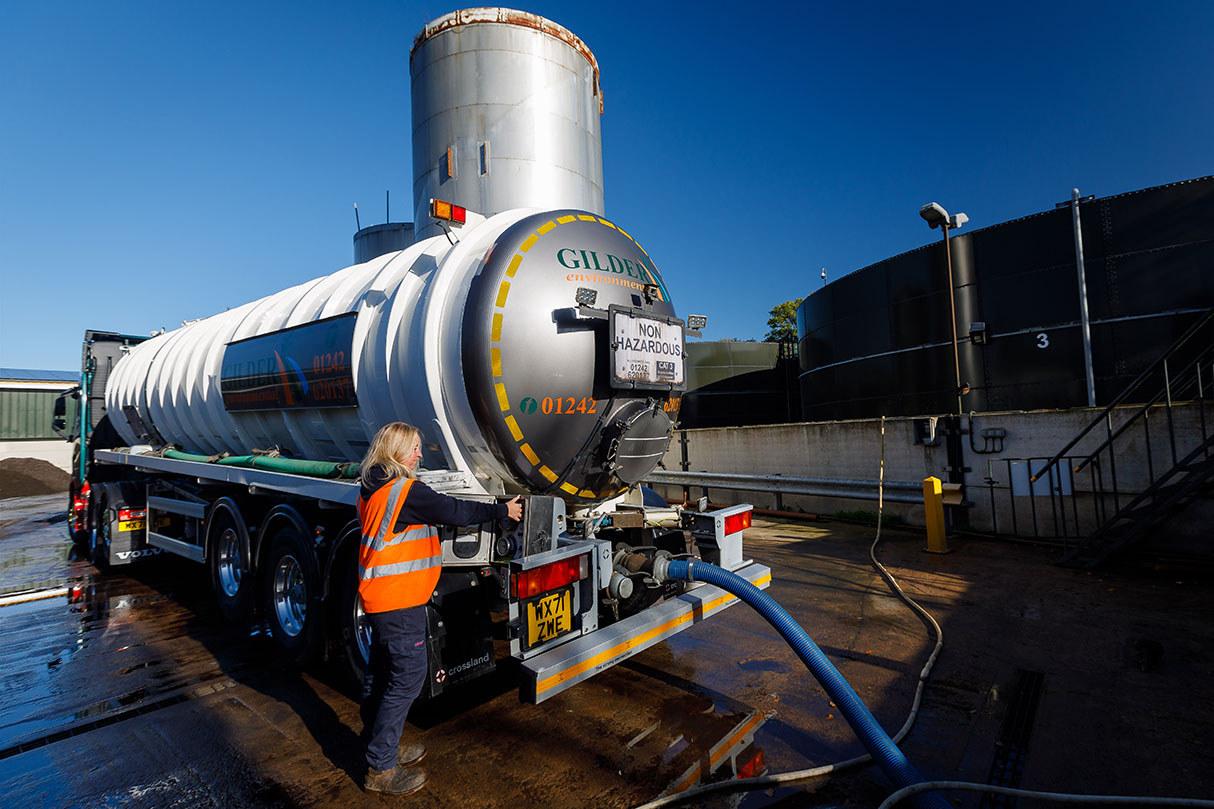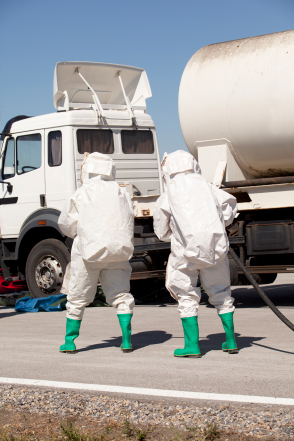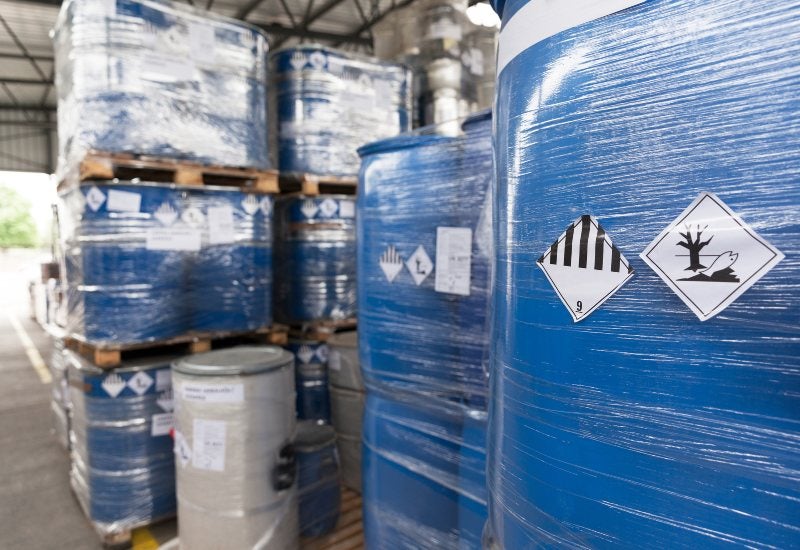Industrial Wastewater Treatment: Personalized Solutions for Complicated Wastewater Challenges
Wiki Article
Exactly How Fluid Waste Disposal Functions: A Comprehensive Review of Techniques and Technologies Utilized

Review of Fluid Waste Kind
The intricacy of fluid waste types necessitates a comprehensive understanding of their qualities and implications for disposal. Fluid waste can broadly be classified into numerous kinds, including commercial, municipal, agricultural, and contaminated materials. Each classification exhibits distinct buildings, calling for particular administration strategies to alleviate environmental and health and wellness dangers.
Industrial fluid waste stems from manufacturing processes and frequently has a variety of pollutants, such as hefty metals, solvents, and organic compounds. Local liquid waste, mostly making up wastewater from households and commercial facilities, includes raw material, nutrients, and virus (industrial wastewater treatment). Agricultural fluid waste, including overflow from ranches, may contain fertilizers, pesticides, and animal waste, posing dangers to water high quality and environments
Dangerous liquid waste is characterized by its poisoning, reactivity, or prospective to create damage. This category consists of compounds like acids, bases, and certain chemicals that demand rigid handling and disposal protocols. Recognizing these varied fluid waste types is crucial for developing reliable disposal methods and making certain compliance with ecological laws. Proper category and characterization are important for applying ideal treatment methods and decreasing the unfavorable effect on public health and the atmosphere.
Physical Therapy Approaches

Screening is the preliminary step, where larger fragments and particles are gotten rid of from the liquid waste utilizing displays or grates. In sedimentation containers, much heavier fragments clear up at the bottom, creating a sludge layer, while the cleared up liquid can be more dealt with.
Filtration is one more necessary approach that includes passing the fluid through permeable materials, such as sand or membrane layers, to catch smaller fragments. This action boosts the quality of the liquid, making it suitable for succeeding treatment procedures.

Chemical Treatment Techniques
Chemical treatment methods are necessary for properly taking care of fluid waste, specifically in dealing with dissolved and colloidal impurities that physical methods might not appropriately eliminate. These methods make use of numerous chemical agents to reduce the effects of, speed up, or transform unsafe substances into less harmful forms.One typical approach is coagulation and flocculation, where chemicals such as alum or ferric chloride are included in promote the gathering of suspended fragments. This process enhances sedimentation, permitting for simpler elimination of the resulting sludge. Additionally, oxidation procedures, utilizing agents like chlorine or ozone, are utilized to damage down complex organic substances and microorganisms, providing the waste safer for discharge or further treatment.
Neutralization is an additional critical technique, which adjusts the pH of acidic or alkaline waste streams to neutral levels, protecting against possible injury to downstream systems and the setting. In addition, progressed oxidation processes (AOPs) use combinations of oxidants and ultraviolet light to degrade consistent toxins, attaining a higher degree of treatment effectiveness.
Organic Treatment Processes
Organic therapy procedures play a crucial role in the monitoring of liquid waste by using microorganisms to decompose raw liquid waste removal melbourne material and decrease pollutant degrees. These processes can be extensively classified right into cardiovascular and anaerobic treatments, each utilizing specific microbial neighborhoods to achieve reliable waste degradation.Cardiovascular therapy entails the usage of oxygen to help with the malfunction of organic materials by microorganisms. This procedure is commonly implemented in triggered sludge systems, where oygenation containers give a favorable atmosphere for microbial growth, causing the oxidation of natural pollutants. The resultant biomass can be divided from dealt with effluent through sedimentation.
In comparison, anaerobic therapy occurs in the absence of oxygen, relying upon different bacteria to break down natural issue. This technique is especially helpful for high-strength waste, as it creates biogas, a renewable resource resource, while lowering sludge manufacturing. Technologies such as anaerobic digesters are frequently used in municipal and industrial applications.
Both anaerobic and cardiovascular organic treatments not just reduce the environmental impact of liquid waste however additionally help with source healing, making them crucial components of sustainable waste management techniques. Their performance, performance, and versatility sustain their prevalent application across numerous sectors.
Arising Technologies in Disposal
Cutting-edge strategies to fluid waste disposal are quickly evolving, driven by developments in technology and an increasing focus on sustainability. Among these arising modern technologies, membrane bioreactors (MBRs) have actually gotten traction for their capability to combine organic treatment with membrane layer filtering, resulting in high-quality effluent that can be reused in different applications. MBRs allow smaller sized impacts and more reliable operations contrasted to conventional systems.An additional encouraging advancement is making use of anaerobic digestion integrated with nutrient recovery innovations, which not just treats liquid waste however additionally generates biogas and recoups valuable nutrients like nitrogen and phosphorus. This dual advantage enhances resource performance and minimizes ecological impact.
Furthermore, progressed oxidation processes (AOPs) are being embraced for the degradation of complicated natural pollutants. These approaches utilize powerful oxidants and catalysts to break down pollutants at the molecular level, using an extremely reliable service for challenging waste streams.
Furthermore, the combination of expert system and device knowing in waste management systems is optimizing operational performance and anticipating upkeep, causing minimized expenses and improved ecological compliance. These technologies show a considerable shift in the direction of even more lasting and reliable fluid waste disposal practices.
Conclusion
In final thought, effective fluid garbage disposal necessitates a comprehensive understanding of different techniques and modern technologies. The combination of physical, chemical, and biological treatment methods ensures the effective monitoring of varied waste types. Additionally, the emergence of innovative technologies improves therapy efficacy and promotes sustainability in waste administration techniques. By continually advancing these approaches, it comes to be feasible to resolve the expanding obstacles related to liquid waste, inevitably contributing to environmental management and source recovery.Fluid waste disposal is a critical element of environmental administration, requiring a comprehensive understanding of various strategies and modern technologies tailored to various waste kinds. Liquid waste can generally be categorized right into numerous types, including industrial, municipal, farming, and unsafe waste. Agricultural liquid waste, including drainage from farms, might include fertilizers, chemicals, and pet waste, positioning threats to water quality and communities.
Various physical therapy methods play a critical duty in taking care of liquid waste properly - industrial wastewater treatment.In conclusion, efficient liquid waste disposal demands a detailed understanding of numerous methods and technologies
Report this wiki page